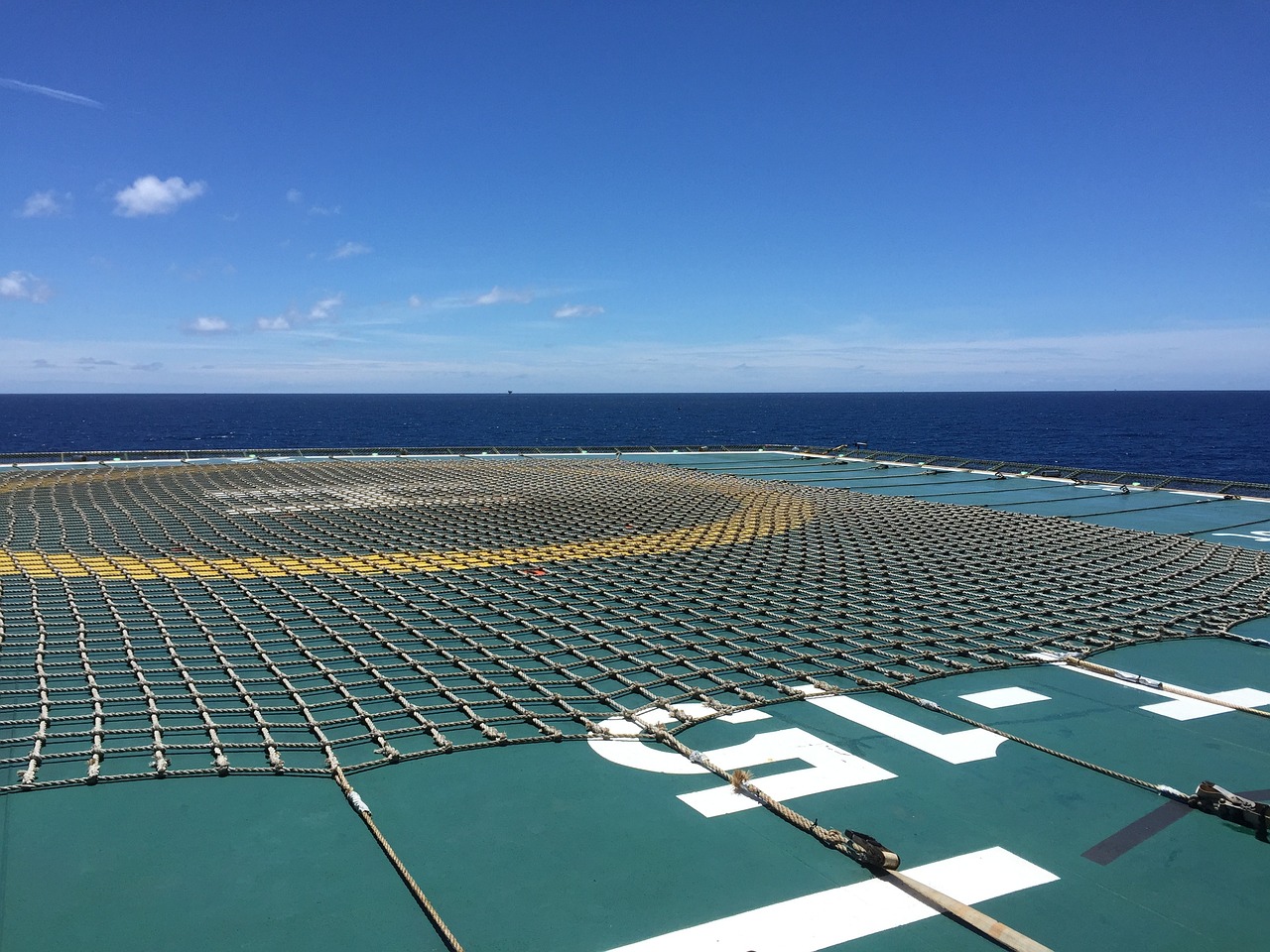Introduction
In a significant move to address carbon emissions from one of the world’s largest offshore sour gas projects, the Abu Dhabi National Oil Company (ADNOC) has partnered with Linde Engineering, a leading global player in industrial gas and engineering solutions. Linde Engineering will provide its advanced carbon capture technology for ADNOC’s Hail and Ghasha offshore project, located off the coast of the UAE. This collaboration is aimed at reducing the environmental impact of sour gas extraction and sets a major milestone in ADNOC’s commitment to sustainability and net-zero emissions targets.
1. The Hail and Ghasha Project: A Major Offshore Gas Development
The Hail and Ghasha fields are part of ADNOC’s expansive offshore gas development initiative in the UAE’s Gulf waters. These fields are significant for their sour gas reserves, which contain hydrogen sulfide and carbon dioxide — two gases that can be challenging to process safely and efficiently.
The project is considered one of the largest of its kind, aiming to tap into some of the world’s largest sour gas reserves. The sour gas from the Hail and Ghasha fields will contribute significantly to the UAE’s energy mix and help ADNOC meet increasing domestic and industrial energy demands. However, the extraction and processing of sour gas also raise serious environmental concerns, particularly in terms of carbon emissions and the potential for acid rain or air pollution.
In response to these challenges, ADNOC has taken proactive steps to mitigate its carbon footprint by integrating carbon capture, utilization, and storage (CCUS) technologies into its operations. This strategy is a critical part of ADNOC’s commitment to reducing greenhouse gas (GHG) emissions and supporting the UAE’s broader environmental goals, which align with the Paris Agreement and the country’s drive towards sustainability.
2. Linde Engineering’s Role: Providing Cutting-Edge Carbon Capture Technology
Linde Engineering, a division of Linde plc, has been selected by NEXTCHEM — the technology arm of Maire Tecnimont — to provide its carbon capture solution for the Hail and Ghasha project. Linde’s advanced carbon capture technology uses a combination of absorption and separation processes to capture carbon dioxide (CO2) directly from gas emissions, which can then be stored safely or used for other purposes.
The specific technology that will be implemented in the Hail and Ghasha project is Linde’s Selexol™ process, a well-established technology that has been widely used in various industrial applications, including natural gas processing and petrochemical production. The Selexol process is capable of removing acid gases, such as CO2 and hydrogen sulfide (H2S), from sour gas, thus enabling ADNOC to process the gas more safely while minimizing its environmental impact.
According to Linde Engineering, the carbon capture solution will significantly reduce the overall carbon emissions from the Hail and Ghasha project, helping ADNOC meet its carbon neutrality and environmental goals. Stefan F. E. Wolf, Head of Linde Engineering, highlighted the importance of the collaboration, stating:
“Our carbon capture technology is a key enabler in ADNOC’s efforts to lead the way in reducing emissions from its offshore operations. We are proud to be a part of this landmark project, which will help ADNOC achieve its sustainability targets and contribute to the UAE’s broader climate action goals.”
3. Carbon Capture at Scale: Enhancing Sustainability in Oil and Gas
The deployment of carbon capture technology in offshore projects like Hail and Ghasha is a crucial step toward ensuring that the oil and gas industry can continue to meet global energy demands while addressing climate change. By capturing carbon emissions at the source, this technology not only reduces the environmental impact of energy production but also provides a pathway for industries to achieve net-zero emissions by capturing and storing carbon for long-term storage or utilizing it in other processes.
The Hail and Ghasha project’s integration of carbon capture, utilization, and storage (CCUS) marks a significant milestone for ADNOC, as the company seeks to expand its clean energy footprint while continuing to extract and process offshore oil and gas. The captured CO2 will be safely stored underground, potentially in deep geological formations, ensuring that it does not contribute to global warming.
The Hail and Ghasha project will also help demonstrate how carbon capture can be scaled for large offshore operations, which have typically been challenging when it comes to reducing emissions. The success of the project could pave the way for similar CCUS projects in other regions and industries, further accelerating the transition to a more sustainable energy future.
4. ADNOC’s Commitment to Sustainability and Net-Zero Emissions
ADNOC’s partnership with Linde Engineering comes as part of its broader strategy to significantly reduce its carbon footprint and invest in sustainable technologies. The UAE is committed to reducing its carbon emissions and supporting global efforts to combat climate change, and ADNOC is taking a leadership role in this transformation.
In recent years, ADNOC has made substantial investments in renewable energy, including its involvement in solar power projects and the development of hydrogen as an alternative energy source. The company has also committed to reducing its emissions by 25% by 2030 and achieving net-zero carbon emissions by 2050.
The Hail and Ghasha carbon capture initiative is a key component of ADNOC’s sustainability goals. By investing in the latest carbon capture technology, ADNOC is not only enhancing the environmental performance of its offshore operations but also positioning itself as a leader in the energy transition within the region.
5. Long-Term Impact and Industry Implications
The successful deployment of carbon capture technologies in large offshore oil and gas projects will have far-reaching implications for the global energy industry. As governments around the world tighten regulations and set stricter emission targets, carbon capture technologies are becoming increasingly important for companies looking to reduce their environmental impact while continuing to produce energy.
For ADNOC, the Hail and Ghasha project represents a bold step in transitioning towards a more sustainable and carbon-conscious future. The use of Linde Engineering’s carbon capture technology will likely serve as a model for future offshore energy projects, not just in the UAE, but in other regions where the oil and gas industry plays a pivotal role in national economies.
By advancing these kinds of sustainability initiatives, ADNOC is helping to shape the future of offshore energy production and contributing to the global transition to cleaner energy sources.
Conclusion
ADNOC’s collaboration with Linde Engineering to deploy carbon capture technology for the Hail and Ghasha offshore project underscores the oil giant’s commitment to reducing its carbon emissions and pursuing sustainable energy solutions. This landmark project is expected to set a new standard for offshore oil and gas production and is a testament to ADNOC’s role in advancing the UAE’s energy strategy.
With the integration of advanced carbon capture technology, ADNOC is not only mitigating the environmental impact of one of the world’s largest sour gas projects but also contributing to the wider global efforts to combat climate change. As the energy industry continues its transition to cleaner sources, projects like this one will play a crucial role in shaping a carbon-neutral future.
Sources:

